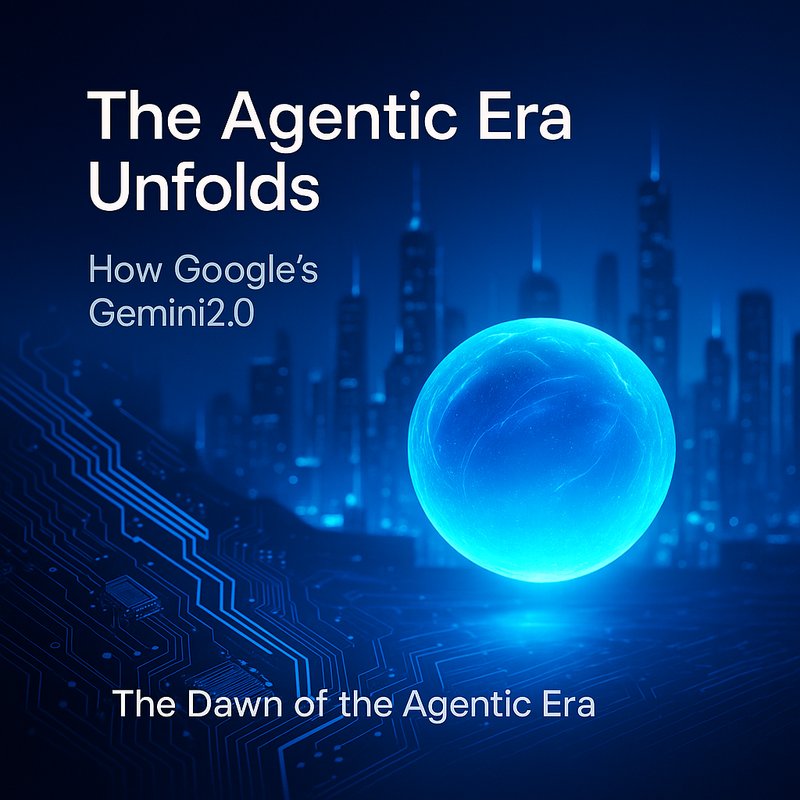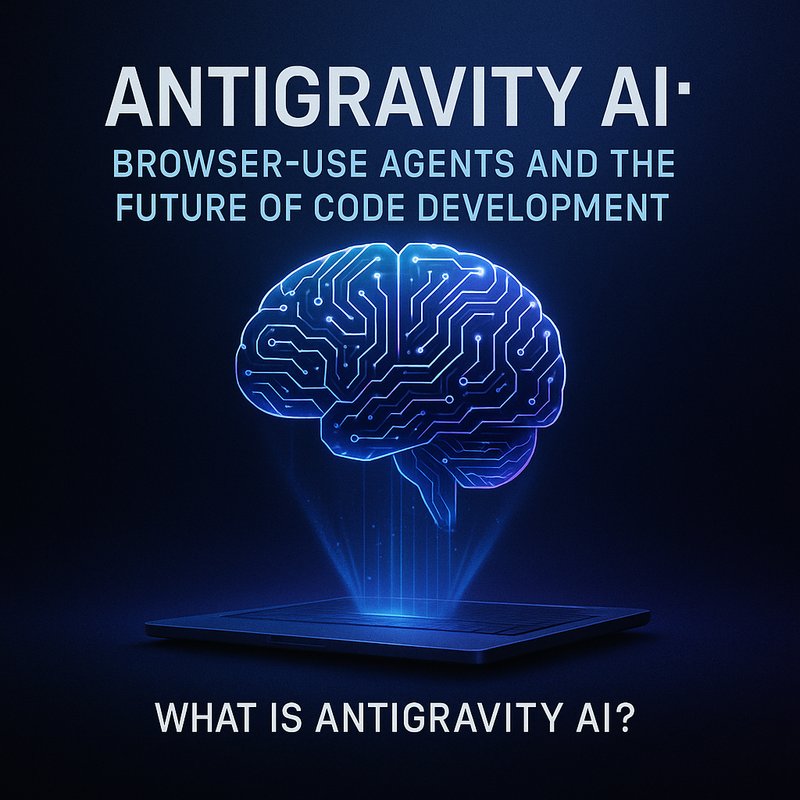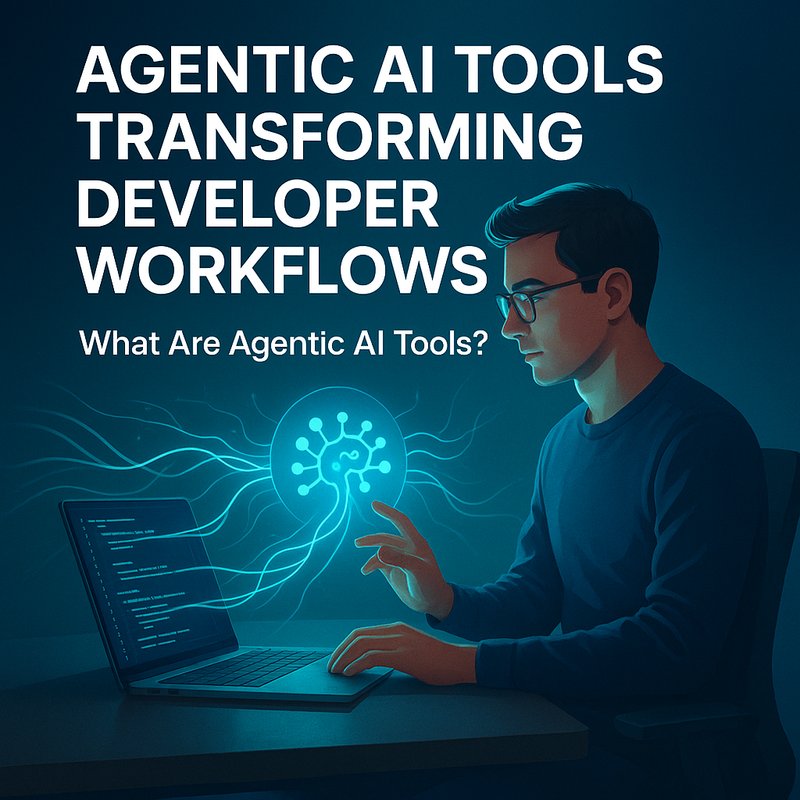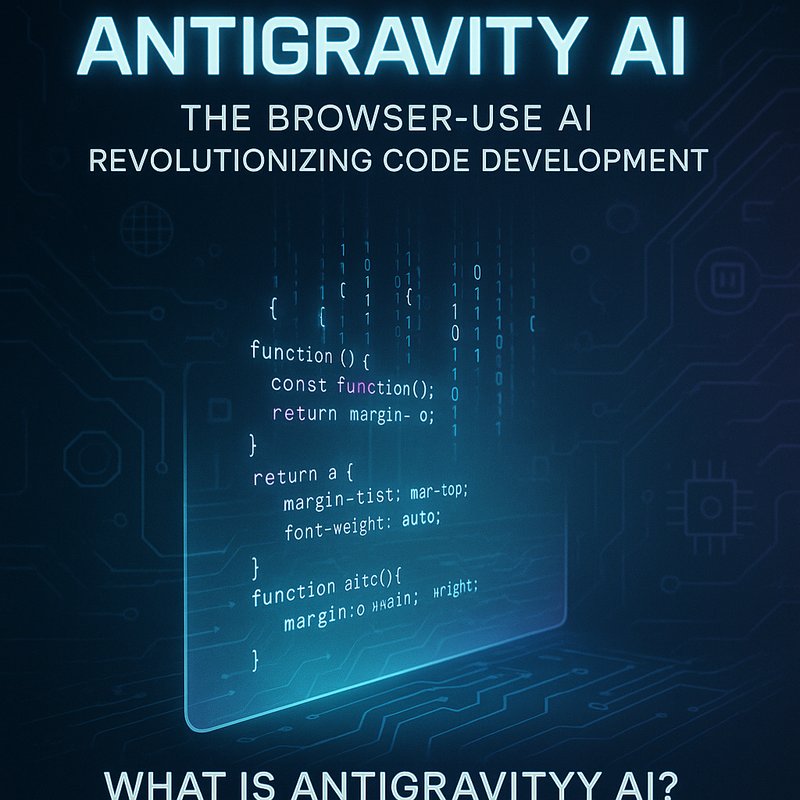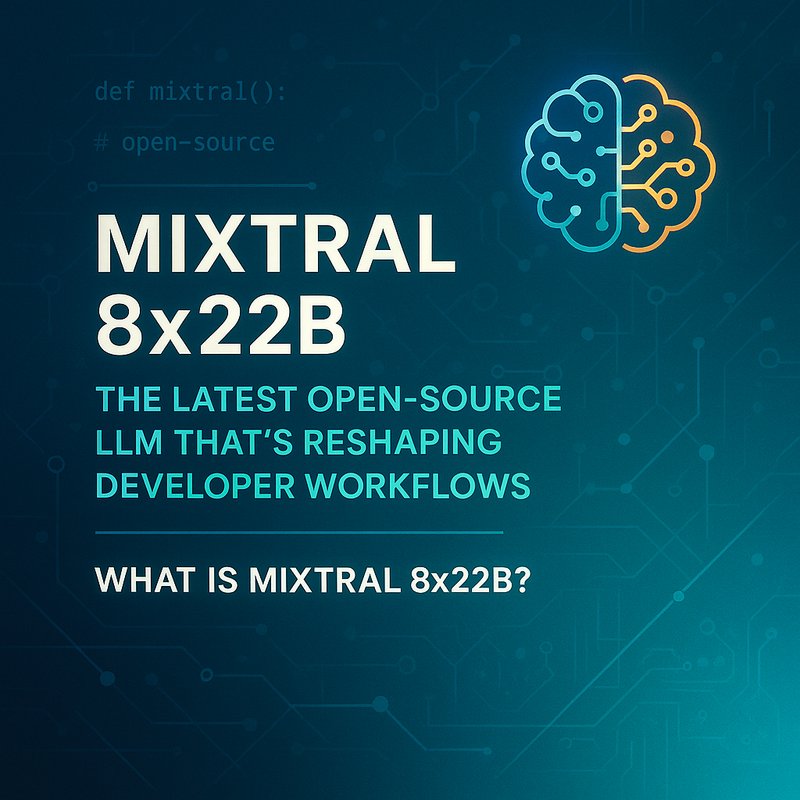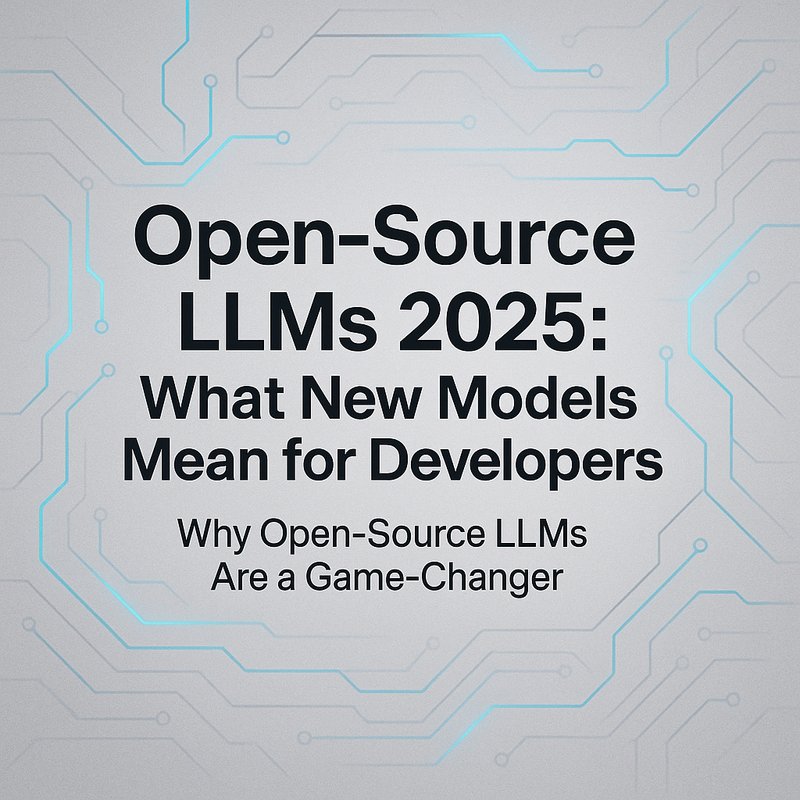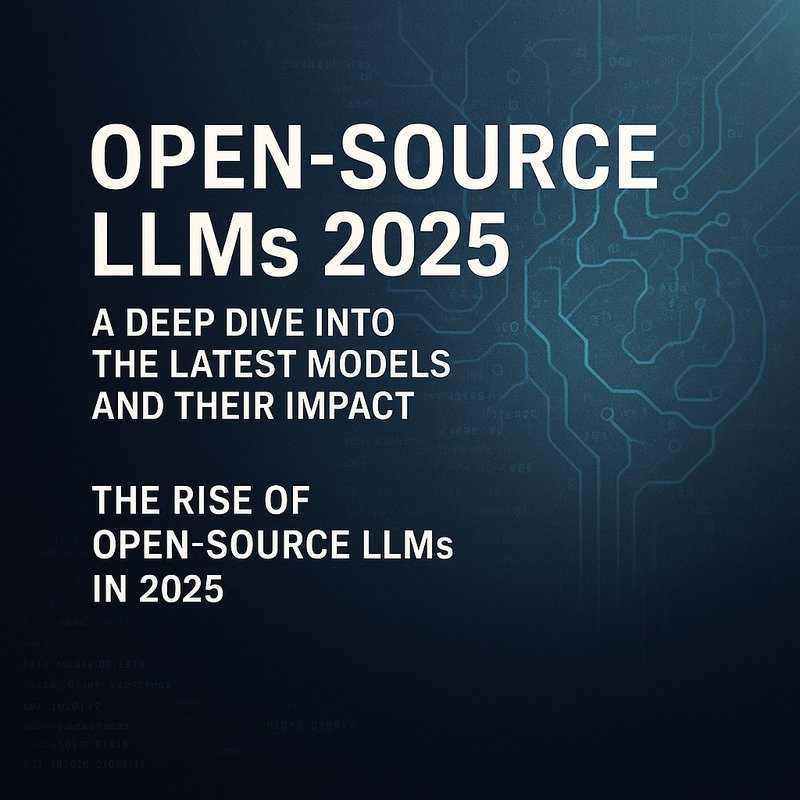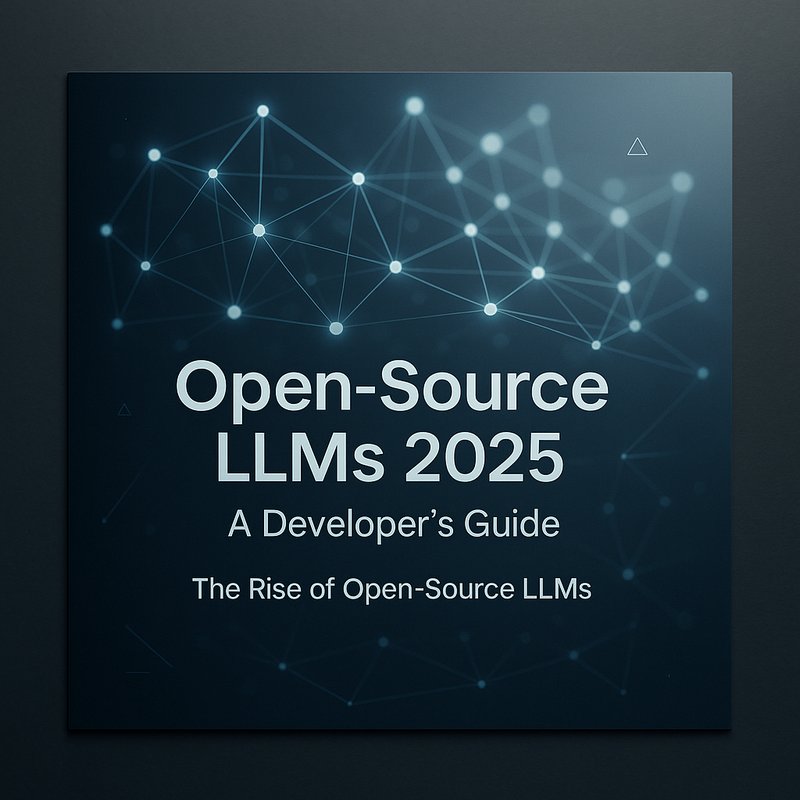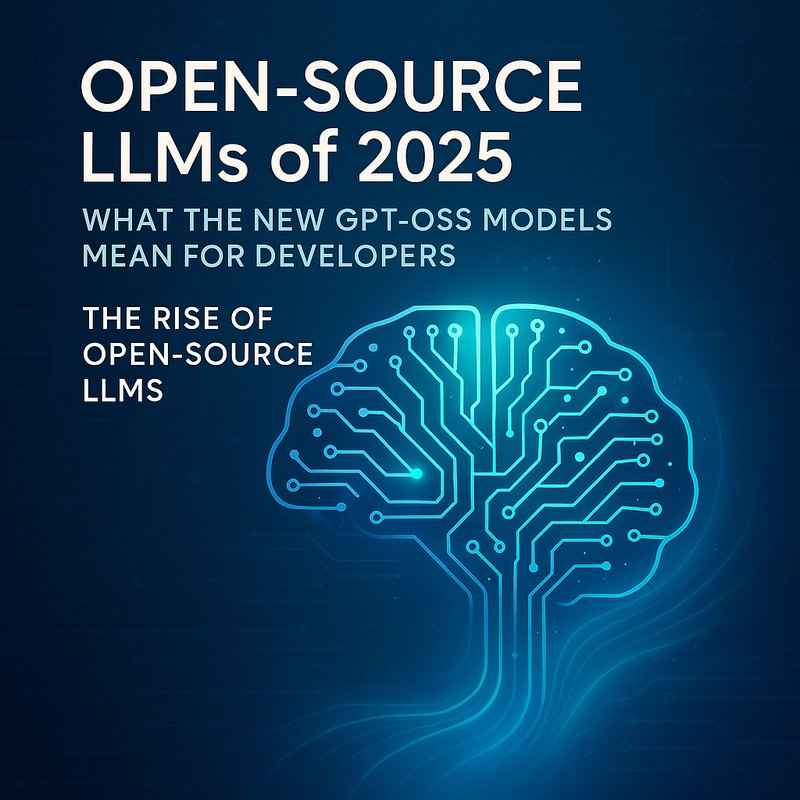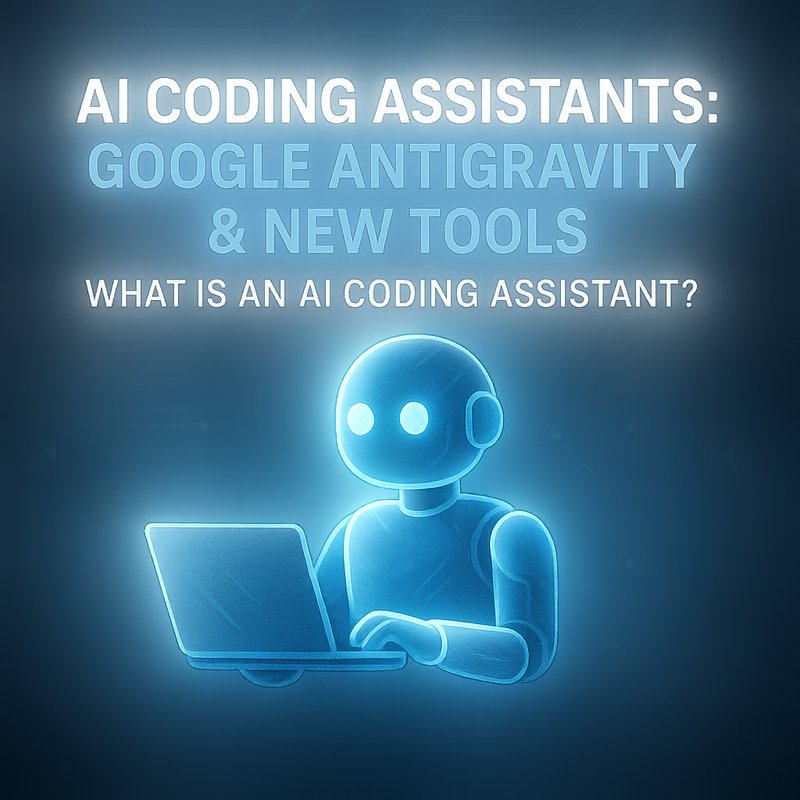These days, AI is stepping off the sidelines. Google’s new Gemini 2.0 experimental series is proof. With prototypes like Project Astra, Project Mariner and Jules, Gemini 2.0 ushers in what Google calls the “agentic era.” But what does that actually mean? Let’s walk through this shift—from reactive chatbots to proactive AI partners—and see why it matters for your work and life.
The Dawn of the Agentic Era
Last month, Google quietly dropped details on Gemini 2.0 at blog.google. It isn’t just another update to their large language model. Instead, Gemini 2.0 is built to act on your behalf. That’s the core of “agentic AI”: systems that set goals, plan steps and take action—often without waiting for a human prompt every time.
Imagine telling an AI, “Book my travel for next week,” and watching it check flights, compare hotels and even negotiate a price. That’s the promise here. With Gemini 2.0 and its experimental offshoots, Google is exploring AI that moves from simple replies to full-blown tasks.
The Evolution of AI: From Reactive to Proactive
Back in the day, AI systems were mostly reactive. You ask a question. They answer. You request a translation. They translate. Neat, but limited.
Traditional AI: reactive and limited
- Chatbots answer FAQs, but can’t go beyond their script.
- Classification models sort images or texts, then stop.
- Even advanced assistants like voice agents must wait for your next command.
Reactive AI sits at the passenger seat. You drive, it follows instructions.
The emergence of agentic AI
Now picture AI that doesn’t wait. It watches, learns context and steps in when it can help. That’s agentic AI:
- Goal-oriented: You set an objective, it figures out the sub-tasks.
- Autonomous: It taps tools, APIs or services to get things done.
- Adaptive: If something changes—flight delays or budget cuts—it pivots automatically.
This shift feels a bit wild, but it’s grounded in two trends: better planning algorithms and deeper integrations. AI models now combine natural language with plugin frameworks and tool use. Instead of a single “generate text” API call, you get a mini orchestration engine under the hood.
Gemini 2.0: a significant leap
Gemini 2.0 isn’t just a bigger model. Google has retooled the core architecture for agentic workflows:
- An API layer designed for tool calls.
- A memory component that recalls past tasks and preferences.
- A planner module that breaks goals into steps.
With these pieces, Gemini 2.0 can run complex loops: observe, decide, act, then observe again.
Gemini 2.0: A Closer Look
So what’s under the hood? Google’s experimental series gives us hints.
Project Astra: your universal AI assistant
Astra aims to be an all-purpose helper:
- Manage your inbox and calendar.
- Draft and send follow-ups on your behalf.
- Summarize long reports or meeting transcripts.
Behind the curtain, Astra taps Gemini 2.0’s planning API. You say “Plan my week,” and Astra scours your email, flags action items, then schedules or delegates them. It even sends you a morning briefing.
Project Mariner: AI in your browser
Mariner is a Chrome extension that uses Gemini 2.0 to surf the web for you:
- Fill forms automatically based on your profile.
- Extract data from pages and compile summaries.
- Spot product deals and auto-apply coupons.
It’s like having a research assistant built into Chrome. Mariner watches your browsing context, then suggests or executes tasks—no extra tabs required.
Jules: the AI code agent
For developers, Jules is a glimpse of agentic coding:
- Generate code snippets or entire modules from high-level descriptions.
- Write and run tests, then fix errors.
- Integrate with version control to commit changes or create pull requests.
Jules isn’t just autocomplete. It thinks in loops: write code, run tests, inspect output, revise. It can even spot style inconsistencies and suggest refactors.
What makes Gemini 2.0 tick
Across these prototypes, Gemini 2.0 brings:
- Multimodal inputs
Text, images, even basic data tables. Mariner can “see” page layouts; Astra can skim PDF attachments. - Persistent memory
Preferences, past decisions and user context carry over. You don’t have to repeat yourself. - Built-in planners
An internal engine splits a goal (“organize client meeting”) into sub-tasks (find times, book room, send invites).

It’s early days. Google invites researchers and select partners to test these agents and share feedback. That community insight will shape the next wave.
The Implications: Opportunities and Challenges
Agentic AI opens doors—yet raises new questions. Let’s start with the bright side.
Potential applications
- Healthcare
A medical assistant agent could schedule screenings, gather patient history, draft notes and flag anomalies for doctors. - Education
Personalized learning agents might set study plans, pull resources, quiz you and adjust based on performance. - Finance
Investment agents could monitor markets, execute trades within risk limits and report portfolio health.
Anywhere you need follow-up, data fetching, planning or monitoring, agentic AI can help.
Concerns and limitations
But here’s the catch:
- Bias
Agents learn from data. If training sets reflect stereotypes, agents can perpetuate them. Ongoing audits will be key. - Accountability
If an agent books the wrong flight or misfiles a medical record, who owns the mistake? Clear audit trails and human-in-the-loop checkpoints matter. - Transparency
Agents can chain dozens of tool calls. How do we understand their reasoning? New logs and explainable AI tools will be critical. - Privacy
Agents hold memory. That’s convenient, but sensitive. Encryption and data-minimization practices must keep pace.
These challenges aren’t new—but agentic systems amplify them. We need policy, design and governance working in parallel.
The Future of AI: A New Era of Collaboration
Agentic AI isn’t about replacing humans. It’s about teaming up.
Augmenting human capabilities
Picture a design agency using Gemini 2.0 agents to:
- Sketch concept layouts in minutes.
- Draft client emails and proposals.
- Track project milestones and nudge stakeholders.
Designers focus on big ideas. Agents handle the routine, context-switching tasks. Productivity ticks up, burnout goes down.
The importance of human-AI collaboration
But we still need human judgement:
- Final approvals: a person reviews an agent’s plan before it’s set in motion.
- Ethical oversight: humans set boundaries on agent behavior.
- Creative spark: agents suggest variants, but people decide which resonates best.
Think of agentic AI as an intern learning fast. You direct, guide and correct. Over time, it absorbs workflows and takes on more.
Where Neura AI fits
At Neura AI, we’re experimenting with agentic patterns too. Our Neura Router can route a user request to multiple specialized AI models (500+ endpoints) in one call. Paired with our RDA Agents (Reasoning, Decision, Action), you can prototype agents that handle sales replies, image tasks or document analysis in hours instead of weeks.
We’re building toward an ecosystem where you mix and match AI services—some from Gemini 2.0 prototypes, others from open-source models—to craft agents tailored to your business.
Conclusion
We’ve seen chatbots evolve into assistants. Now, with Gemini 2.0, Google is betting on full-blown agents that set goals, plan steps and take action. That’s the start of the agentic era.
Sure, there are bumps: fairness, privacy, trust and oversight. But the upside is clear: humans freed from routine work, teaming up with AI that learns preferences and carries out repeating tasks. If you’re curious, sign up for Google’s pilot programs and start thinking how agentic AI could fit into your world.
The next few years will show us just how far these new agents can go—and how we redesign work in their company.
